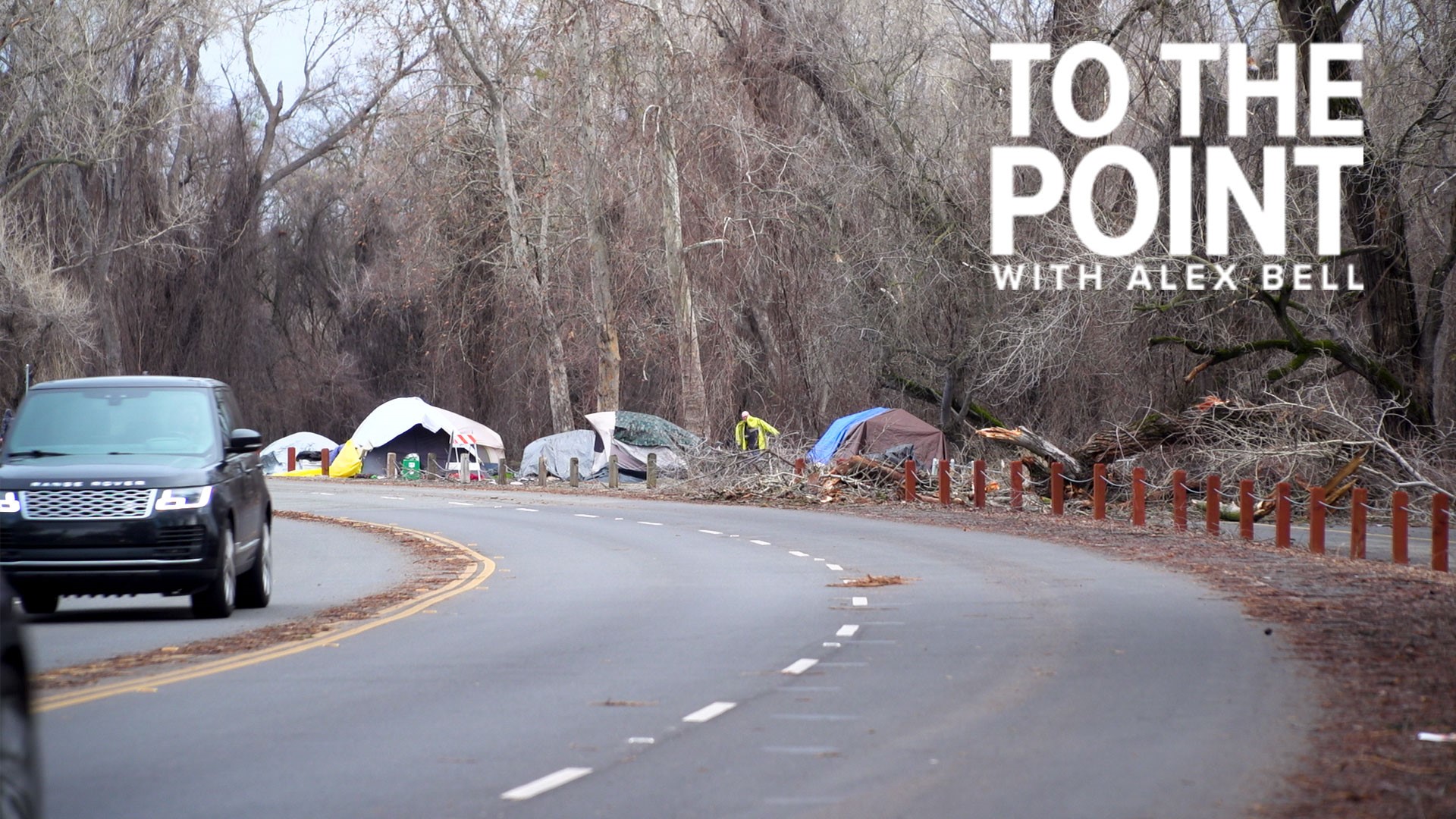SACRAMENTO, Calif. — More than 40 miles of levees surround Sacramento's Natomas basin, and the people responsible for patrolling some of those areas are Reclamation District 1000.
Some of the critical interior infrastructure like pumps need updating, and other parts of the flood control system are under improvement by the Army Corps of Engineers.
For the last two years, the Reclamation District has been advocating for more funding saying that we often don't think about water infrastructure until it's failed.
ABC10 host Alex Bell took a ride along with Kevin King, general manager of Reclamation District 1000, to talk about what they need and some of the issues or concerns they have.
The following interview has been edited for brevity.
Question: How are you working to get more funding for the repairs you need?
King: It's been over 30 years since the district has raised its assessment rate for property owners. And so there's a lot of deferred maintenance that obviously has happened over the last 30 years that the district didn't have funding for. We're in a second step now on the funding proposal, our ballots are going out on Jan. 15, and so then the public will get to decide to approve or not approve the proposed fee.
The increase would be about $12 a year.
Question: If passed, how soon are you guys able to start doing the work? Or when would the fees actually go into effect?
King: If the voters do approve it, March 10 is the date, and then we'll count the ballots. We would place it on the tax rolls for 2023-24 tax years.
Part of that fee would be to have spare backup parts. Make sure all of our systems are standardized, so that we can have an inventory of supplies (and) we can take it to any one of our plants should we have a need.
Question: Why is it important to have this additional funding?
King: The New Year's Eve storm, if we had a failure that was seen like in South Sacramento, we would have potentially, at maximum depth, about 16 feet of standing water in south Natomas. And then further up north, it'd be three to four feet of water. It would shut down Interstate 5, 80, 99, Sacramento International Airport would close down. So, there's a lot at stake as far as the transportation corridors go, and then we also have 130,000 people that live within our basin"
Question: Is it a concern having the unhoused community so close to the water or on the levees?
King: Yeah, it is a concern for us because of what comes along with it, right? The excavations... during, you know, our emergency response plan, it does prevent us from expeditiously going through and monitoring and inspecting the levee, and it slows us down. So we're not able to do it as efficiently or as fast because you have the roadways blocked, and obviously from a humanitarian standpoint, potential loss of life.
Question: What are your major concerns looking at the next 24 to 48 hours with another storm coming?
King: Biggest concern is the wind and power outages, which would take our pumping plants offline, and there's no guarantee of the restoration of that power in any timeframe. So, like SMUD over the weekend had 350,000 customers out of service, at one point, we're one of them.
Watch: Northern California weather: Sacramento organization helps feed unhoused community | To The Point



















